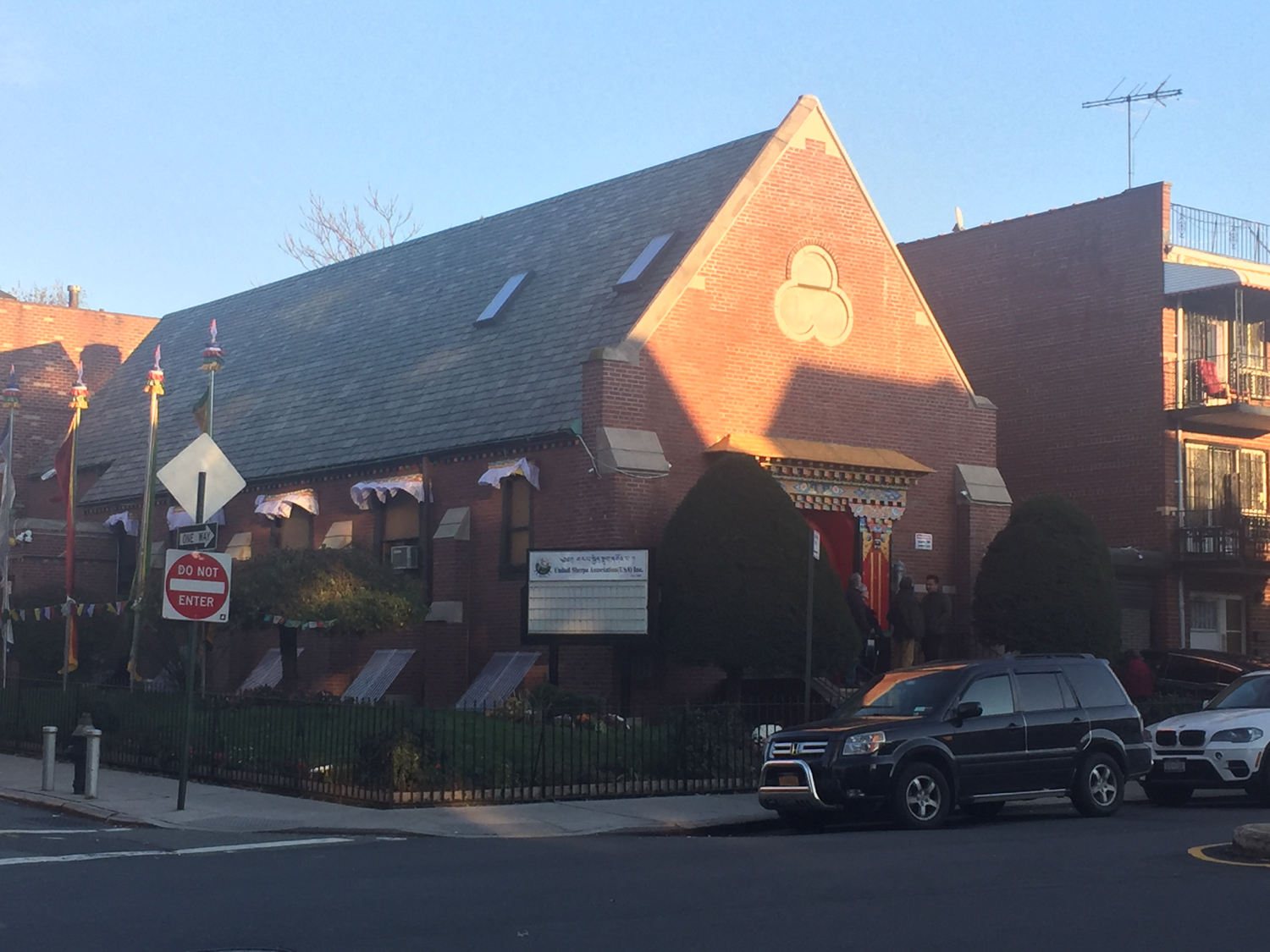
Approximately 128,014 Tibetans, including those born in Tibet and those of Tibetan Ancestry live in exile. According to the Central Tibetan Administration the world-wide distribution of Tibetans are as follows: India 94,203, Nepal 13,514, Bhutan, 1298, and the rest of the world 18,999. These numbers are from 2010 and it is assumed that even more Tibetans are now living in exile throughout the world.
With the rise of the Communist Party in China and the formation of the People’s Republic of China, what we understand as the “Chinese” today cast their guise on the west and declared Tibet as their own. Efforts to accommodate Chinese rule ended in 1959. This resulted in the Tibet’s leader Lhamo Dondrub, the 14th Dalai Lama, to flee to India. Indian’s Prime Minister Jawaharlal Nehru granted sanctuary to him and over 80,000 Tibetans. This massive group was comprised of Tibetans from all regions and included many different peoples: monks, nuns, whole families and children. (MacPherson) Many of these individuals were at risk of persecution from the Chinese. During this emigration, the Dalai Lama with the help of the Tibetans in exile formed the CTA – the Central Tibetan Administration. This informal political body acts as an administrative group over in-Exile Tibetans. (This group remains unrecognized as a formal political power by any governmental bodies (MacPherson).) It is important to note that through this organization, as well as, community groups Tibetans have managed to maintain their culture and language in their exile settlements. It seems that in all areas that Tibetans migrate to they are able to foster a strong sense of culture and community. This tradition of exiled-Tibetans has a long, rich and well documented tradition thanks to the CTA and the exiled community at large. In the 1980s another instance of emigration occurred from Tibet and the stream of people escaping Tibet increased steadily into the middle of the 1990s. At this point India’s openness towards Tibetan Immigrants decreased. As India’s openness towards Tibetans slowly dwindled other options for Tibetans became more desirable.
Many Tibetans use Nepal as a stepping stone to “escape” Tibet and settle in both the west, as well as, greater South Asia. Many Tibetan refugees used the Himalayan mountain passes into Nepal. The journey is notoriously very dangerous and difficult and speaks to the intense desire for many Tibetans to leave Tibet under Chinese rule. Unfortunately, since the “March 2008 protests” the border control between Nepal and Tibet increased and infrastructure in Nepal to help assist relocation of Tibetans has been mostly shut down. Some of the Tibetans and Nepalese that were assisting fleeing Tibetans were imprisoned to dissuade continued assistance. (MacPherson) This conflict and others between the occupying Chinese and the Nepalese are documented (see The Himalayan Times).
As many of us know, Tibetans didn’t all resettle in Indian and Nepal. During their massive emigrations many of the Tibetans began to disperse to the West. One of the first instances of this dispersion was the Swiss Red Cross resettling around 1,500 Tibetans to Switzerland in the hope of achieving higher level education and a more prosperous futures for them. Hundreds of Tibetans made their way to other European countries like the United Kingdom. (Tsering)
In the 1970s, after the Dalai Lama encouraged the governments of the United States and Canadian to accept Tibetan refugees stressing the success of the refugees in Switzerland both economically as well as educationally, Tibetan emigration starts to turn its focus on North America. Prior too 1990s however only some Tibetan families had immigrated to the United States. After the “Immigration Act of 1990” there was a formal immigration of 1,000 Tibetans living in Nepal and India. (Tsering) The CTA at this point organized a lottery to determine who would receive the visas. Through reunification of families and slow general migrations Tibetans began to settle in the US. Tibetans continually cluster to urban areas outside of key cities such as New York and LA.
After the United States Senate approval of further immigration legislation in 2013 more and more Tibetans were able to immigrate to the United States. Officially the Senate Judiciary committee granted 5,000 visas to eligible Tibetans residing in India and Nepal. While the exact number of Tibetans that reside in United States today is a somewhat a mysterious number (especially with the consideration of coming and goings short term visas holders) most consensuses agree that over 9,000 currently reside.
Out of these Tibetans many have found their way to the Jackson Heights community in Queens New York. The amount of Tibetans currently residing in Jackson Heights range from over 3,000 (Tsering) to that of upwards of 5,000 (number heard from a local) but there hasn’t been a formal study conducted to verify these findings. What is understood is that Jackson Heights is one of the largest communities for Tibetans in the United States and definitely the largest in New York City.
When it comes to documentation on the Tibetan community currently living in Jackson Heights there is hardly any information available beyond food reviews. The Tibetan restaurants of Jackson Heights are well documentation by the foodies and food critics of New York. Speaking from experience this is very easily understood as the food is quite amazing. But, pass these food concerned articles there is only one article I could find (http://www.latitudenews.com/story/queens-sanctuary-for-tibetans-in-exile). So in an effort to get a further understanding of the society and environment of Jackson Heights, specifically pertaining to the Tibetans and their effect on the society at large, I took to personal research. (See next tab)
Sources:
MacPherson ,Bentz, Ghoso: Global Nomads: The Emergence of the Tibetan Diaspora (Part I), Sept 2, 2008.
Tsering, Bhuchung : Enter the Tibetan American, Tibetan Americans establish a presence in the United States. Tibet Foundation Newsletter.
http://www.savetibet.org/tibetan-immigration-measures-moves-to-next-stage-in-u-s-congress/
http://www.migrationpolicy.org/article/global-nomads-emergence-tibetan-diaspora-part-i/